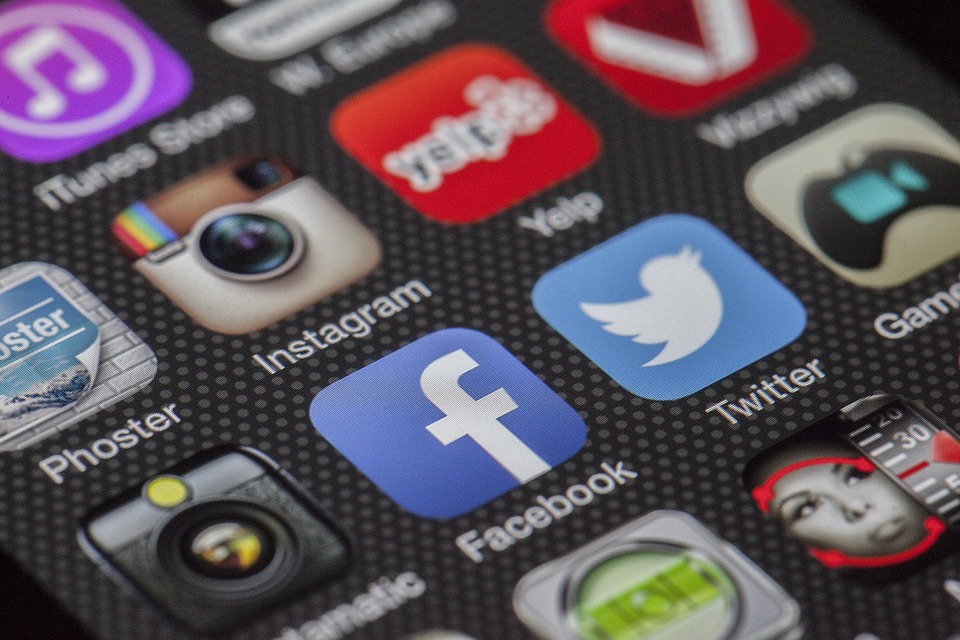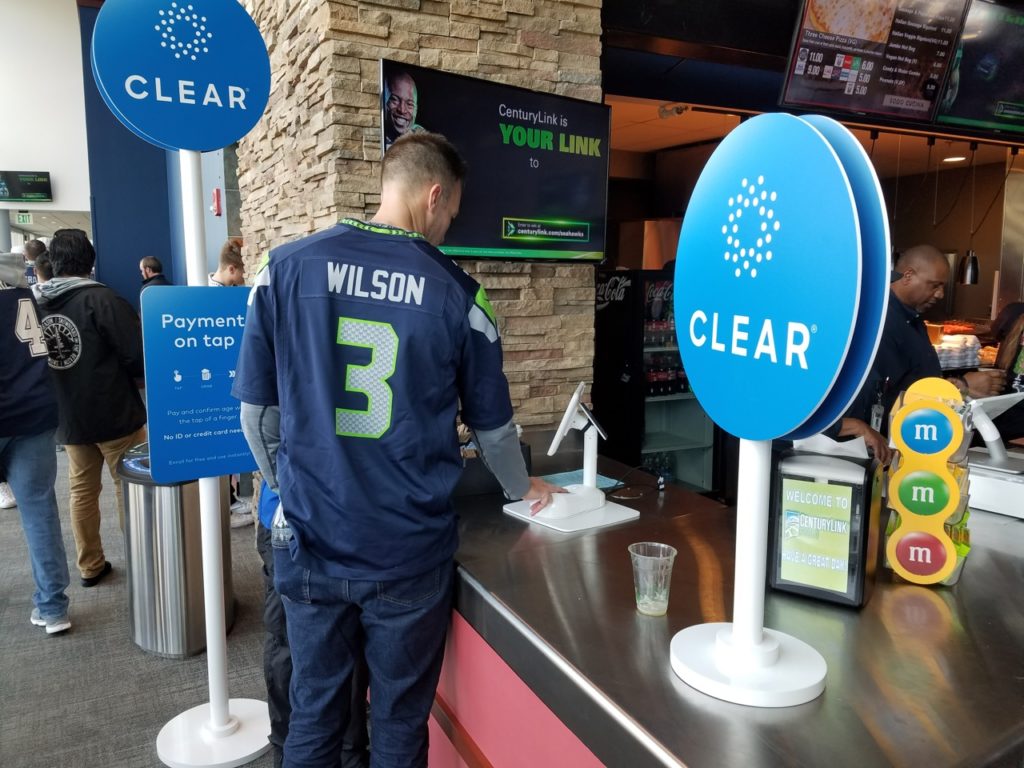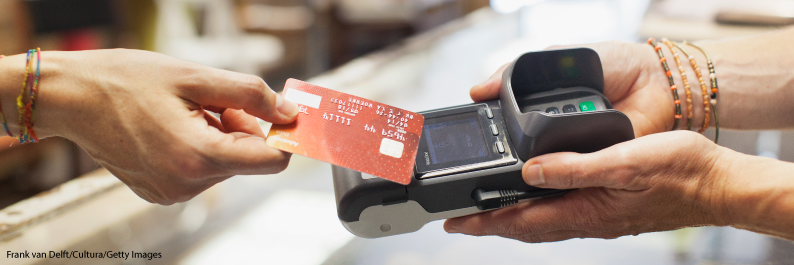By: Tabetha Soberdash

Once used purely in science fiction movies to portray a far-off, technological-advanced future, smart technology is now something that many individuals use daily in their homes, employment, cars, and so on.[1] Quickly, more and more smart devices are being created and placed into the market for consumers to purchase.[2] Examples of smart devices include: Google Assistant, Amazon Echo, smart lights, programable vacuums, and smart doorbells.[3] These devices allow individuals to do things like search the internet for a new recipe, purchase a book from Amazon, turn off all the lights in the house, or view what is front of a video-doorbell with just a simple voice command.[4] Further, through features, linking sensors, and the connection of the Internet of Things (IoT), smart devices can conveniently be monitored, controlled, or accessed even from a distance.[5]
Overall, the technology is created to be useful and respond to the needs of the users.[6] The devices have even offered new ways for individuals to protect their loved ones and their homes.[7] An example of this is well demonstrated by the events of December 22, 2019 when an Amazon Alexa device notified the daughter of an elderly man that a theft was taking place in his assistant living facility in Florida.[8] The device had a “check-in” feature which allowed the daughter to check on her father in Florida from her home in Alaska.[9] Using that feature, the daughter was able to see the strange man who was going through her father’s wallet. Afterwards, the family was able to notify the police, who then proceeded to arrest a suspect.[10]
While there are many advantages to smart devices, they do come with the major risk of eliminating any realistic expectation of privacy, as many of the devices function by recording nearby interactions and storing the recordings or by providing a visual of what is near the device.[11] As such, there is a great need to protect the users of the devices from any unsolicited uses of the device and its data.[12] In recent years, manufactures of the device have began to provide some options to protect users and their data.[13] One such option is that many of the devices now provide access to the stored recorded data via the user’s account and allow the information to be deleted.[14] Additionally, many devices allow one to turn off the camera or microphone portions when the device is not being used.[15] However, the need for greater protection is clearly being demonstrated as manufacturers, such as Amazon’s home security company, Ring, are finding themselves in the position of firing employees for abusing their ability to view customers’ video feeds and responding to reports of hacking of the devices.[16] As smart devices can be placed in even the most intimate locations of one’s home, including the bedroom, these happenings are causing many to worry about potential intrusions from hackers and abusive employees.[17] Overall, while consumers are gaining many benefits from this new technology, they are also gaining new risks. As time and these concerns are causing manufacturers to alter what protections they provide to users, regulations and suits are sure to follow as policies change. Only time will tell how the law can best catch up to the increase of smart devices and protect the users.
[1] See Jessamyn Dahmen et al., Smart secure homes: a survey of smart home technologies that sense, assess, and respond to security threats, 3 J. Reliable Intelligent Env’ts 83, 83 (2017).
[2] See Margaret Rouse, Smart home or building (home automation or domotics), IoT Agenda (July 2018), https://internetofthingsagenda.techtarget.com/definition/smart-home-or-building.
[3] See Gordon D. Cruse, The Trouble with Devices and the Data They Contain, 41 Fam. Advoc. 33, 34 (2019).
[4] See Margaret Rouse, Smart home or building (home automation or domotics), IoT Agenda (July 2018), https://internetofthingsagenda.techtarget.com/definition/smart-home-or-building.
[5] See Heetae Yang et al., IoT Smart Home Adoption: The Importance of Proper Level Automation, 2018 J. Sensors 1 (2018).
[6] See Margaret Rouse, Smart home or building (home automation or domotics), IoT Agenda (July 2018), https://internetofthingsagenda.techtarget.com/definition/smart-home-or-building.
[7] See, e.g., Holly Bristow, Amazon Alexa device alerts family to man suspected of stealing from loved one at assisted living facility in Florida, Fox10 Phoenix (Jan. 09, 2020), https://www.fox10phoenix.com/news/amazon-alexa-device-alerts-family-to-man-suspected-of-stealing-from-loved-one-at-assisted-living-facility-in-florida.
[8] See id.
[9] See id.
[10] See id.
[11] See Tara Melancon, ARTICLE: “Alexa, Pick an Amendment”: A Comparison of First and First Amendment Protections of Echo Device Data, 45 S.U. L. Rev. 302, 314–15 (2018).
[12] See, e.g., Malena Carollo, Got a smart home device as a gift? Don’t forget to secure it, Tampa Bay Times (Dec. 26, 2019), https://www.tampabay.com/news/business/2019/12/26/got-a-smart-home-device-as-a-gift-dont-forget-to-secure-it/.
[13] See, e.g., Amazon Privacy Notice, Amazon, https://www.amazon.com/gp/help/customer/display.html?nodeId= 468496.
[14] See, e.g., Amazon Help and Customer Service View Your Dialog History, Amazon, https://www.amazon.com/gp/help/customer/display.html/ref=help_search_17?ie=UTF8&nodeId=201602040&qid=1513968463&sr=1-7.
[15] See, e.g., Lauren Barack, Here’s how to make Alexa stop listening to your conversations, Mediafeed (Apr. 27, 2019), https://mediafeed.org/heres-how-to-make-alexa-stop-listening-to-your-conversations/.
[16] See Audrey Conklin, Amazon’s Ring fired four members of staff for snooping on customers, Fox Business (Jan. 09, 2020), https://www.foxbusiness.com/technology/amazon-ring-fired-four-employees-video-footage.
[17] See id.
image source: https://dss.tcs.com/breaking-down-barriers-to-big-data-analytics-connected-intelligence-platform/








